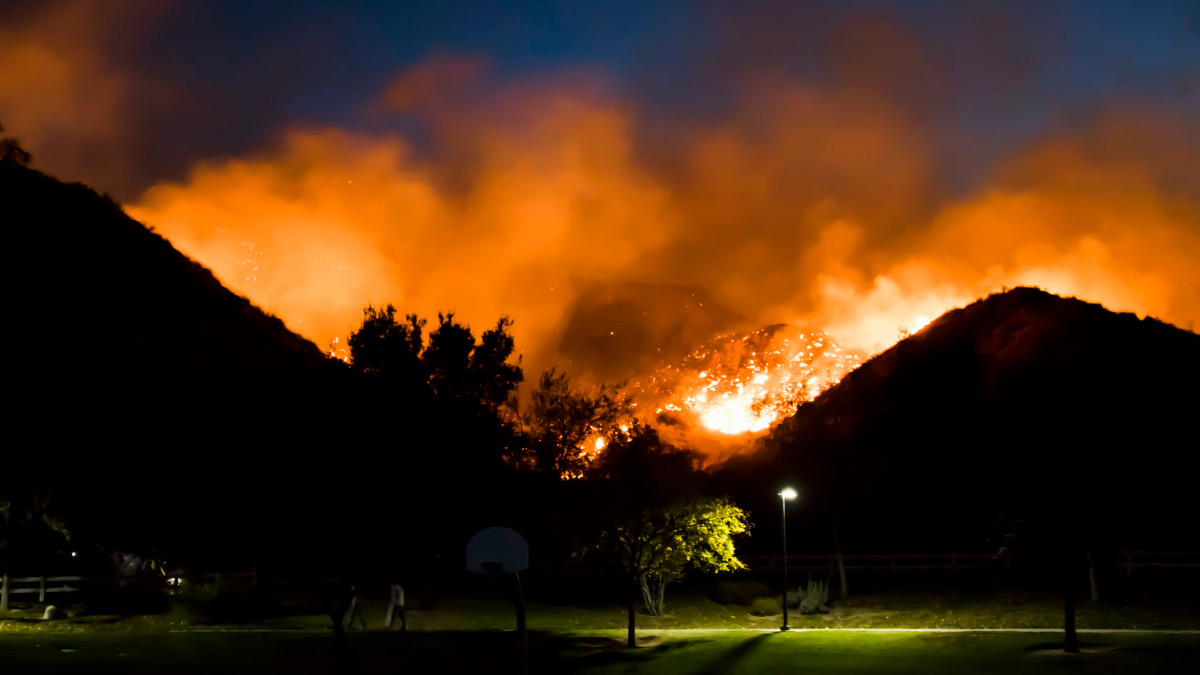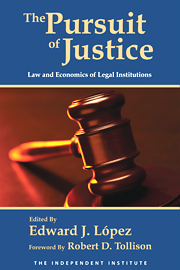Given the severity of last year’s deadly wildfires, let’s hope California’s new governor, Gavin Newsom, takes a more productive approach to the problem than his predecessor, Jerry Brown, who largely deflected blame to global warming.
While Mr. Brown did acknowledge that forest management is “one element” of controlling wildfires, the real culprit, he hastened to add, was climate change. “Managing all the forests everywhere we can does not stop climate change—and those that deny that are definitely contributing to the tragedy.”
Wildfire policy is incredibly complex and many factors contribute to the frequency and severity of fires. But global warming—human-caused or otherwise—is among the least of them.
In a December 2017 blog post, University of Washington atmospheric sciences professor Clifford Mass, who is no climate-change skeptic, used a detailed data analysis and literature review to debunk claims that California wildfires are related to global warming.
Because of California’s naturally dry summers, Mr. Mass noted, “grasses, shrubs and other fuels will be dry by the end of summer and during fall, no matter what. And even if the fuels weren’t dry, they would dry within hours of the initiation of strong, offshore winds—which accompany virtually every major fire event. So even if the summer/fall temperatures rose and the conditions dried further under global warming, IT WOULD NOT MATTER. Without any additional warming, the fuels in late summer and fall are dry enough to burn over coastal California and always have been [emphasis in original].”
There is “no credible evidence that global warming is causing an increase currently, or will increase in the future, the number or intensity of wildfires over coastal California from San Diego to the San Francisco Bay region,” Mr. Mass added, citing numerous studies. “Those that are claiming the global warming is having an impact are doing so either out of ignorance or their wish to use coastal wildfires for their own purposes.”
While human activity is not culpable for increasing the severity of fires by changing the climate, there is plenty we can do to mitigate the effects of fires. This includes conducting more prescribed, or controlled, burns; creating fuel breaks; and forest thinning and logging. These measures have been stifled, however, by stringent environmental policies, resulting in the buildup of flammable undergrowth and overgrown forests with weakened, less fire-resistant trees more susceptible to drought and bark beetle infestations.
As a 2018 report from California’s Little Hoover Commission—an independent state oversight agency—stated, California must shift from primarily reacting to large wildfires through emergency firefighting to more proactive forest management. “A century of fire suppression remains firmly entrenched within federal and state firefighting agencies and has left forest floors deep in flammable groundcover,” the commission said. Prescribed burns are often hampered by regional air-quality regulations, the report noted, because “while wildfires do not count against air quality standards, prescribed fires do”—a policy that should be changed immediately.
In addition to the mismanagement of forests and open spaces, the state and local governments have exacerbated the problem through policies that restrict the supply of housing and otherwise significantly hike housing prices, encouraging people to move farther from city centers and suburbs to more affordable—and more fire-prone—exurbs and rural areas. California has compounded this predicament by preventing insurers from charging the full risk-based cost of insuring homes in more dangerous fire-hazard zones.
There are some things beyond our control, such as California’s steep mountain slopes and the occasional strong Santa Ana and Diablo winds that spread fires quickly.
But there are many things political leaders could do, such as amending the environmental regulations, restrictive housing policies, market-distorting insurance regulations and forest-management practices that have exacerbated the personal and financial costs of the fires. In all these cases, government intervention has aggravated the problem while greater private property protections and free markets would help ameliorate it. More care also must be taken to prevent accidental fires, such as those triggered by sparks from utility equipment, which apparently started several of last year’s fires.
Scapegoating the nebulous notion of climate change, particularly when the scientific evidence appears to refute that it has any relation to the frequency or severity of the wildfires, will only ensure more destruction this year and in future years. The saddest part is that much of this destruction is preventable.









